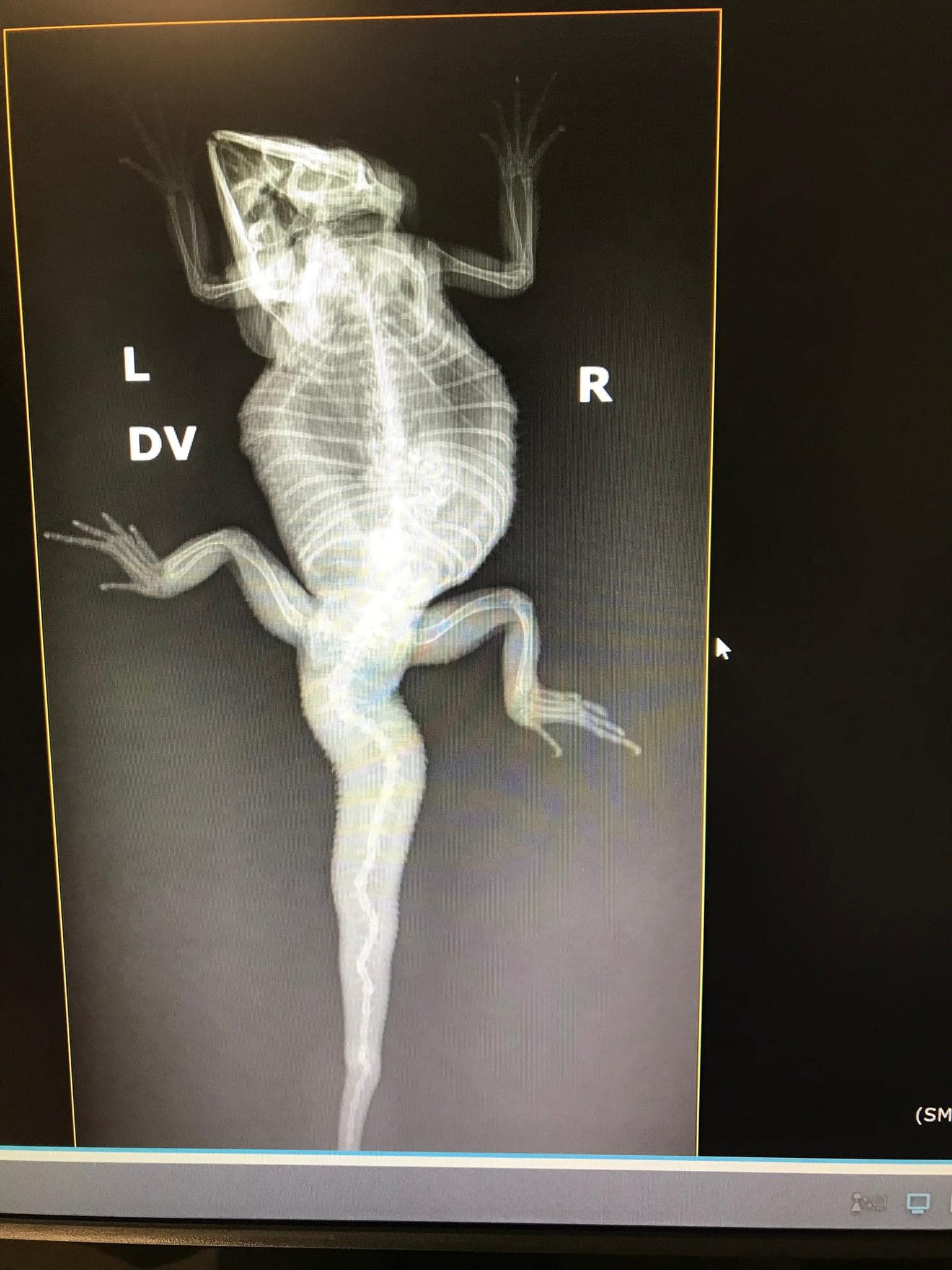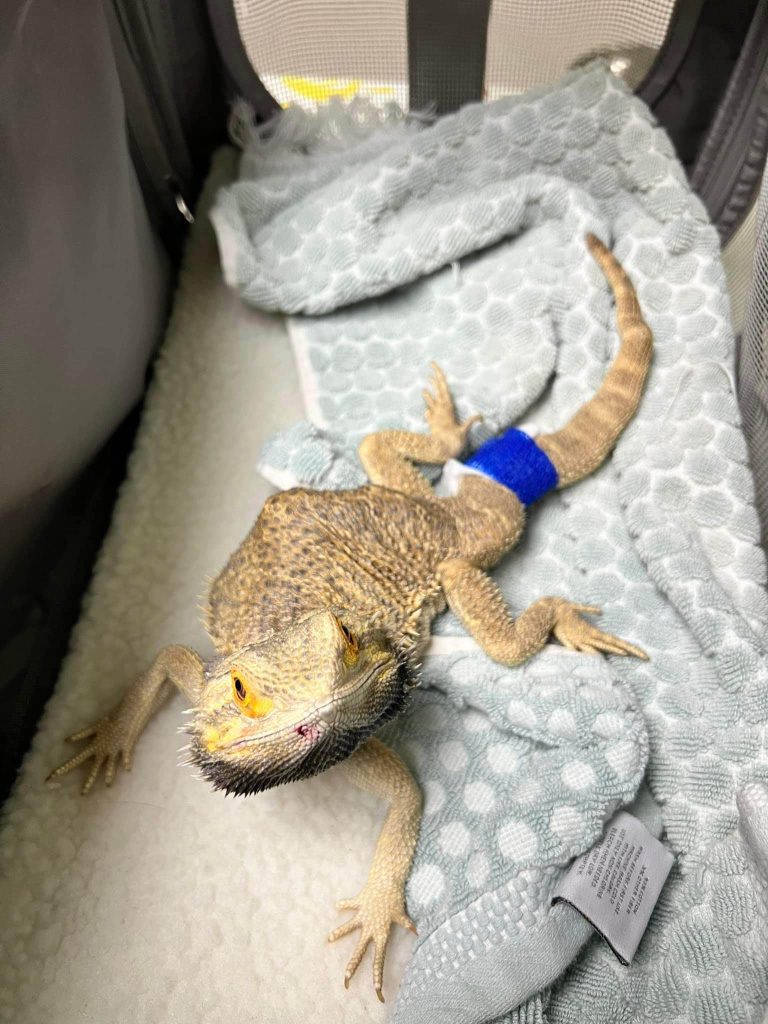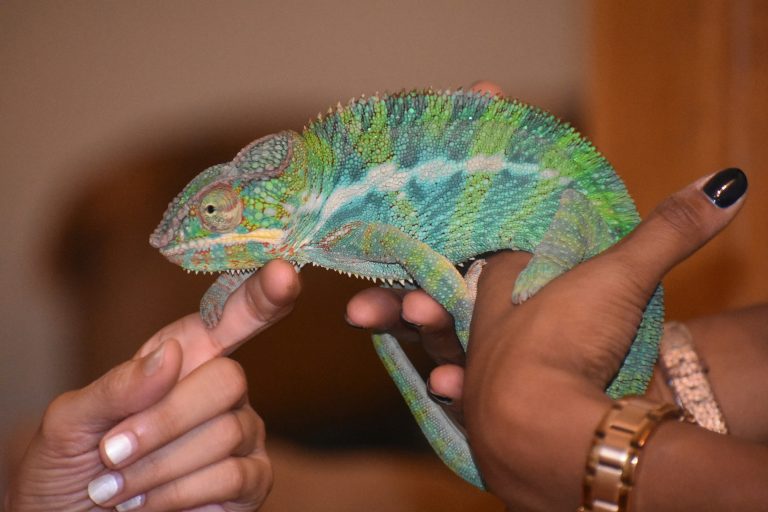Why UVB is Essential for Reptile Enclosures: Choosing the Right UVB for Your Pet

The above image is a perfect example of how to select the perfect UVB bulb. See some examples of how UVB damaged pet reptiles, for life, here.
When it comes to creating a thriving environment for your pet reptile, one crucial component often gets overlooked: UVB lighting. For many reptile species, access to UVB is not just beneficial—it’s essential for their health and well-being. In this blog post, we’ll explore why UVB is a must in all reptile enclosures and how to select the right UVB source for your pet.
The Importance of UVB
1. Vitamin D3 Synthesis
Reptiles, unlike mammals, cannot produce vitamin D3 on their own. Instead, they rely on UVB rays from sunlight to synthesize this vital vitamin. Vitamin D3 is crucial for calcium absorption, which is necessary for strong bones and overall health. Without adequate UVB exposure, reptiles can develop metabolic bone disease (MBD), a serious condition that can lead to deformities, paralysis, or even death.
2. Behavioral Benefits
UVB lighting also plays a role in natural behaviors. Many reptiles bask under the sun to regulate their body temperature and to metabolize nutrients. Providing UVB in your enclosure encourages these natural behaviors, leading to a more active and stress-free pet.
3. Immune System Support
UVB exposure can enhance the immune system of reptiles. Just like in humans, a well-functioning immune system is vital for fighting off illnesses. Proper UVB levels can help your reptile maintain a robust immune response.
Selecting the Right UVB
When choosing the right UVB source for your pet reptile, consider the following factors:
1. Species-Specific Requirements
Different reptile species have varying UVB needs. For instance, desert-dwelling reptiles like bearded dragons require higher UVB levels compared to tropical species such as chameleons. Research your reptile’s natural habitat to determine the appropriate UVB intensity. A site that gives great updated reptile care sheets is Reptifiles.
2. Type of UVB Bulbs
There are primarily three types of UVB bulbs available, however, fluorescent and mercury vapor bulbs are the most effective and what we HIGHLY recommend.
- (BEST) Fluorescent Bulbs: These are commonly used and come in different strengths (2.0, 5.0, 10.0, etc.). A higher number indicates a stronger UVB output. Generally, a 5.0 or 10.0 bulb is suitable for most reptiles, but again, check species requirements.
- (SECOND BEST) Mercury Vapor Bulbs: These provide both UVB and heat, making them ideal for larger enclosures or species that need higher temperatures. However, they are more expensive and have a shorter lifespan than fluorescent bulbs.
- (DO NOT USE) Spiral UVB Bulbs: While spiral bulbs are often marketed as a compact option, they are generally less effective for reptiles. Their design limits the surface area that emits UVB, resulting in reduced exposure. The limited space between the bulb and the basking area can lead to inadequate UVB levels, making them less reliable for providing the necessary UVB for your pet’s health.
3. Distance Matters
The distance between the UVB source and your reptile is crucial. UVB rays diminish with distance, so you must position the bulb correctly. As a general rule, fluorescent bulbs should be placed about 12-18 inches from the basking spot, while mercury vapor bulbs may be positioned further away, depending on their output.
4. Replace Regularly
UVB bulbs lose their effectiveness over time, even if they still emit visible light. It’s essential to replace fluorescent bulbs every 6-12 months and mercury vapor bulbs every 6-12 months as well, depending on the manufacturer’s recommendations.
5. Monitor UVB Levels
Using a UV meter can help you measure the UVB output in your enclosure. This tool is invaluable for ensuring your pet is receiving the appropriate levels of UVB. Regular monitoring allows you to make adjustments as necessary. UVB cards are great for checking if your UVB bulb is still giving off UVB, which you can find here on Amazon.com.
Conclusion
Incorporating UVB lighting into your reptile’s enclosure is not merely a recommendation; it’s a necessity for their health, behavior, and longevity. By understanding your pet’s specific UVB needs and selecting the right type of bulb, you can create a safe, enriching environment that allows your reptile to thrive. Regular monitoring and bulb replacement will help you maintain optimal conditions, ensuring that your scaly friend lives a healthy, vibrant life. Happy reptile keeping!






